Which type of mutation involves the substitution of one base for another in DNA?
Frame-shift mutation
Point mutation
Deletion mutation
Duplication mutation

Most people may have similar functions from one another down to the molecular level. But differences arise when someone’s DNA is damaged or altered, which will lead to mutations.
A mutation is a long-lasting alteration to the DNA’s nucleotide sequence that can occur during replication and/or recombination. Damaged DNA can change by base pair replacement, deletion, or insertion. The majority of the time, mutations are benign, unless they result in tumor growth or cell death. Cells have developed systems for repairing damaged DNA due to the deadly potential of DNA mutations. Mutations can also be induced by either bacteria or viral infections. If you want to learn more about mutation or write about it you may read the articles on the list above, good reads include mutation research templates, advanced primer design mutation, and direct and indirect mutation analysis.
Most mutations come in three types of mutations and may even be a combination of these three types of mutations. The procedure to classify mutation is quite hectic as it requires one to be very observant when looking at the translational plain. You can detect mutations through various means and practices.
Begin by checking if any of the gene pairs are missing in the translational plain. If there are one or two missing gene pairs in the translational plain, which causes the message to become nonsensical, then the mutation is classified as a deletion.
If there are no deleted gene pairs in the translational plain, then you must begin scanning if there are three gene pairs added into the plain. If you have noticed that there are three more gene pairs added into the translational plain, then the mutation can be classified as an insertion.
When you have finished scanning the translational plain for any insertions or deletions, you must check if any gene pairs have been modified or substituted. If there are any alterations in the gene pair then the mutation can be classified as a base substitution.
MTHFR is a gene that instructs the body to create the enzyme named methylenetetrahydrofolate reductase, which allows and facilitates the conversion of folic acid in the food you eat to methyl-folate for the maintenance of specific functions in your body. The MTHFR gene mutation is a mutation of a person’s MTHFR gene that hinders the creation of methyl-folate. This gene mutation causes plenty of hormonal, metabolic, and other related symptoms in the long run. MTHFR gene mutation is primarily obtained through hereditary, which is passed down by the person’s parents.
BRCA is a gene that suppresses or inhibits the unnecessary and uncontrollable growth of abnormal cells. The unnecessary and uncontrollable growth will lead to the creation of tumors and cancer cells. The BRCA gene mutation inhibits or modifies the gene to become less effective in preventing or inhibiting said harmful growth in the person’s body. This gene mutation is very rare and must be inherited and transferred from the person’s parents. This gene mutation will increase the likelihood of a person developing specific types of cancer in the person’s body. For women, the BRCA gene mutation may increase the chance of the woman developing breast cancer.
A stop codon is a trinucleotide sequence of three nucleotides found in messenger RNA (mRNA) or DNA that instructs the cell to stop the production of proteins. Stop codons will stop the production of protein by releasing the amino acid chain, which will prevent said protein from being made.
Mutation is a naturally occurring phenomenon that is characterized as a change in the DNA sequence of an organism. These mutations cause effects that inhibit, reinforce, and change the function of the specific gene in the DNA
Most people may have similar functions from one another down to the molecular level. But differences arise when someone’s DNA is damaged or altered, which will lead to mutations.
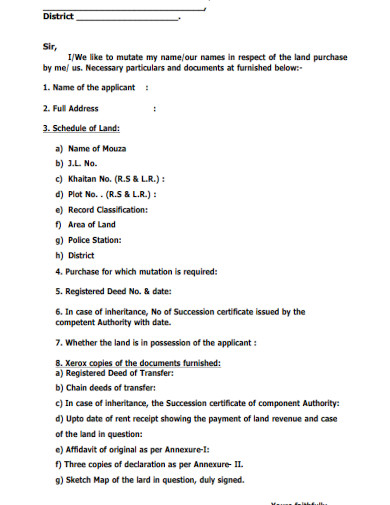
bardhaman.gov.in
Details
File Format
Size: 55 KB

ghmc.gov.in
Details
File Format
Size: 56 KB
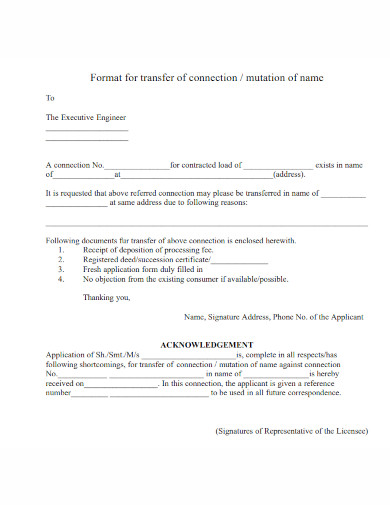
puvvnl.up.nic.in
Details
File Format
Size: 40 KB
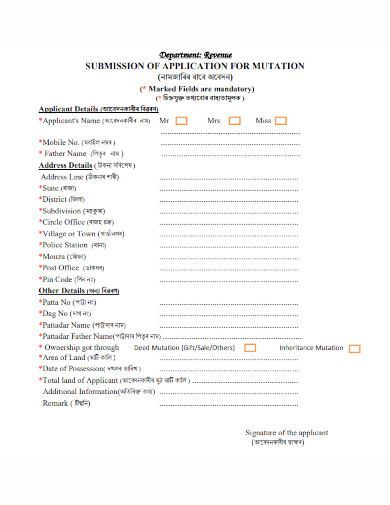
sivasagar.nic.in
Details
File Format
Size: 53 KB
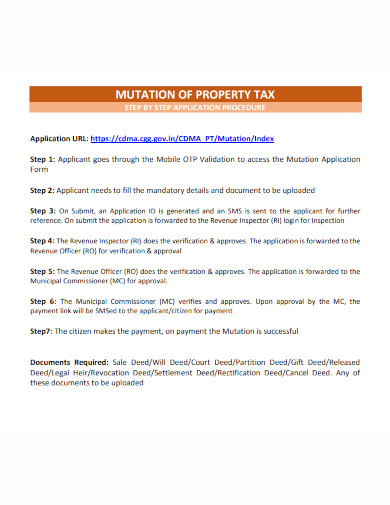
cdma.cgg.gov.in
Details
File Format
Size: 54 KB
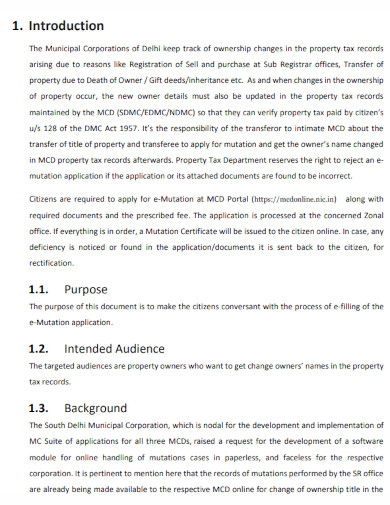
mcdonline.nic.in
Details
File Format
Size: 99 KB

goa.gov.in
Details
File Format
Size: 82 KB
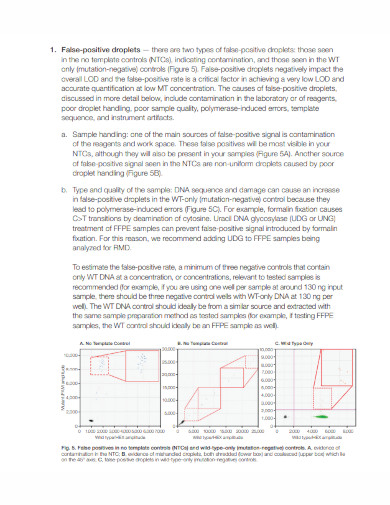
bio-rad.com
Details
File Format
Size: 74 KB
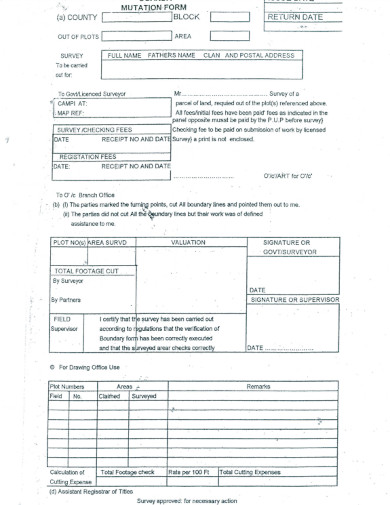
mlhud.go.ug
Details
File Format
Size: 52 KB
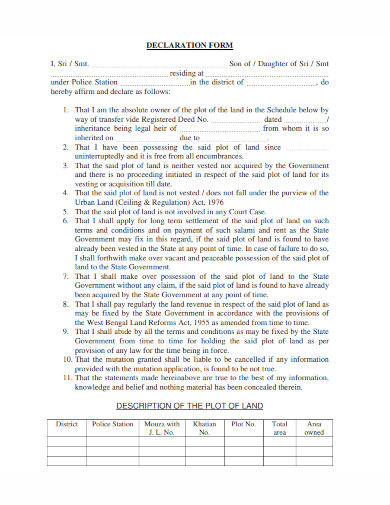
nadia.gov.in
Details
File Format
Size: 79 KB

elsevier.com
Details
File Format
Size: 109 KB
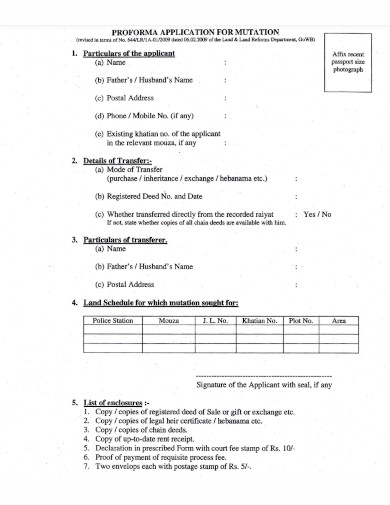
wbpoultryfederation.org
Details
File Format
Size: 39 KB
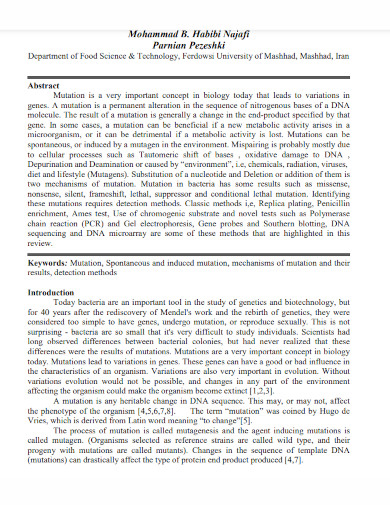
core.ac.uk
Details
File Format
Size: 109 KB
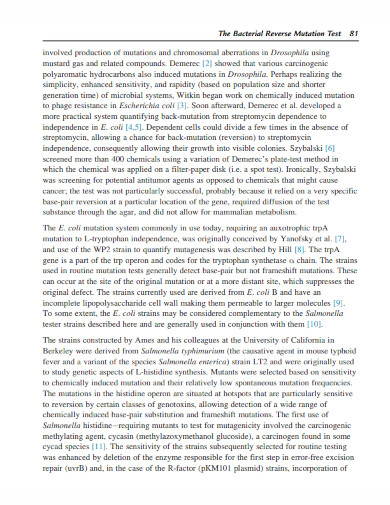
criver.com
Details
File Format
Size: 116 KB
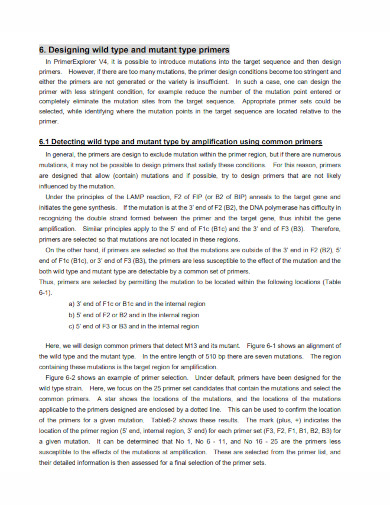
primerexplorer.jp
Details
File Format
Size: 96 KB
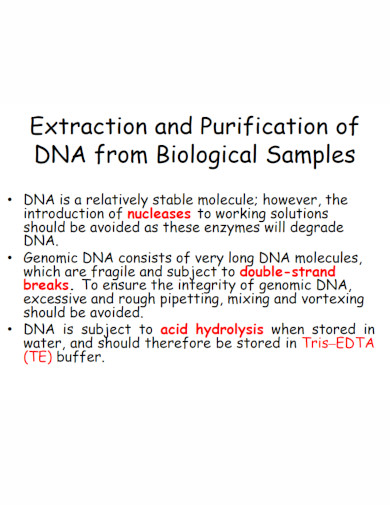
docs.neu.edu.tr
Details
File Format
Size: 59 KB
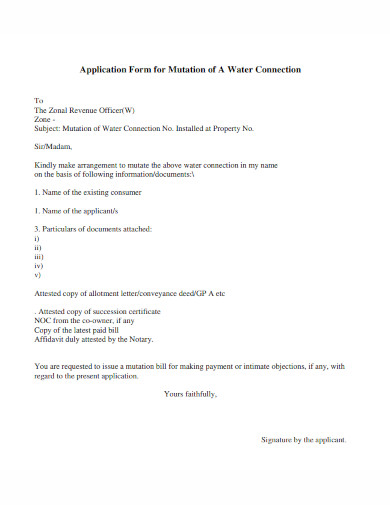
jk.gov.in
Details
File Format
Size: 31 KB
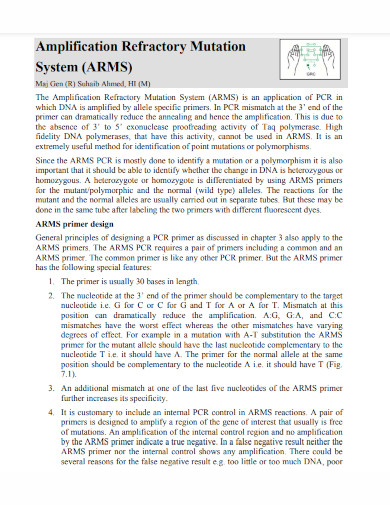
grcpk.com
Details
File Format
Size: 100 KB
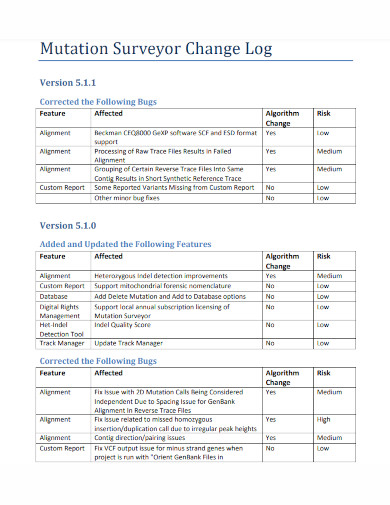
bioke.com
Details
File Format
Size: 65 KB

ase.tufts.edu
Details
File Format
Size: 54 KB
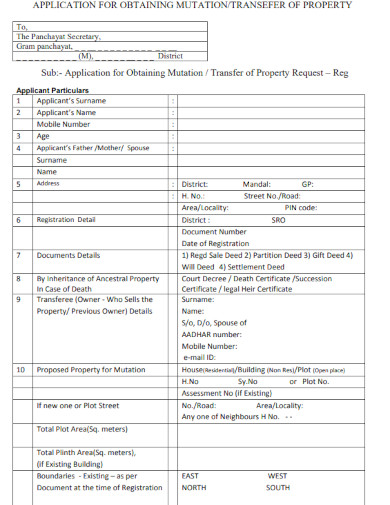
epanchayat.telangana.gov.in
Details
File Format
Size: 65 KB
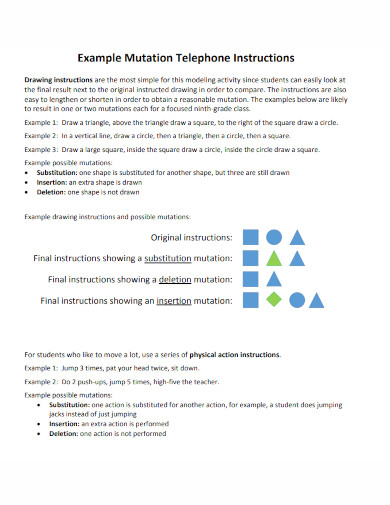
teachengineering.org
Details
File Format
Size: 59 KB
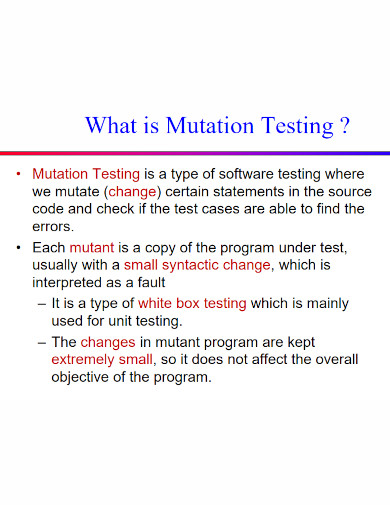
heracleia.uta.edu
Details
File Format
Size: 63 KB
A mutation is a long-lasting alteration to the DNA’s nucleotide sequence that can occur during replication and/or recombination. Damaged DNA can change by base pair replacement, deletion, or insertion. The majority of the time, mutations are benign, unless they result in tumor growth or cell death. Cells have developed systems for repairing damaged DNA due to the deadly potential of DNA mutations. Mutations can also be induced by either bacteria or viral infections. If you want to learn more about mutation or write about it you may read the articles on the list above, good reads include mutation research templates, advanced primer design mutation, and direct and indirect mutation analysis.
Most mutations come in three types of mutations and may even be a combination of these three types of mutations. The procedure to classify mutation is quite hectic as it requires one to be very observant when looking at the translational plain. You can detect mutations through various means and practices.
Begin by checking if any of the gene pairs are missing in the translational plain. If there are one or two missing gene pairs in the translational plain, which causes the message to become nonsensical, then the mutation is classified as a deletion.
If there are no deleted gene pairs in the translational plain, then you must begin scanning if there are three gene pairs added into the plain. If you have noticed that there are three more gene pairs added into the translational plain, then the mutation can be classified as an insertion.
When you have finished scanning the translational plain for any insertions or deletions, you must check if any gene pairs have been modified or substituted. If there are any alterations in the gene pair then the mutation can be classified as a base substitution.
MTHFR is a gene that instructs the body to create the enzyme named methylenetetrahydrofolate reductase, which allows and facilitates the conversion of folic acid in the food you eat to methyl-folate for the maintenance of specific functions in your body. The MTHFR gene mutation is a mutation of a person’s MTHFR gene that hinders the creation of methyl-folate. This gene mutation causes plenty of hormonal, metabolic, and other related symptoms in the long run. MTHFR gene mutation is primarily obtained through hereditary, which is passed down by the person’s parents.
BRCA is a gene that suppresses or inhibits the unnecessary and uncontrollable growth of abnormal cells. The unnecessary and uncontrollable growth will lead to the creation of tumors and cancer cells. The BRCA gene mutation inhibits or modifies the gene to become less effective in preventing or inhibiting said harmful growth in the person’s body. This gene mutation is very rare and must be inherited and transferred from the person’s parents. This gene mutation will increase the likelihood of a person developing specific types of cancer in the person’s body. For women, the BRCA gene mutation may increase the chance of the woman developing breast cancer.
A stop codon is a trinucleotide sequence of three nucleotides found in messenger RNA (mRNA) or DNA that instructs the cell to stop the production of proteins. Stop codons will stop the production of protein by releasing the amino acid chain, which will prevent said protein from being made.
Mutation is a naturally occurring phenomenon that is characterized as a change in the DNA sequence of an organism. These mutations cause effects that inhibit, reinforce, and change the function of the specific gene in the DNA
Text prompt
Add Tone
10 Examples of Public speaking
20 Examples of Gas lighting
Which type of mutation involves the substitution of one base for another in DNA?
Frame-shift mutation
Point mutation
Deletion mutation
Duplication mutation
What kind of mutation can result from the insertion or deletion of a nucleotide in DNA?
Silent mutation
Nonsense mutation
Frame-shift mutation
Missense mutation
Which of the following best describes a missense mutation?
A mutation that has no effect on the protein
A mutation that changes one amino acid in a protein
A mutation that stops protein synthesis prematurely
A mutation that shifts the reading frame of the genetic code
Which mutation type results in the creation of a stop codon, terminating protein synthesis?
Silent mutation
Missense mutation
Nonsense mutation
Insertion mutation
How does a silent mutation affect the protein?
It causes a significant change in the protein's structure
It leads to the premature termination of protein synthesis
It results in no change to the protein’s amino acid sequence
It shifts the reading frame of the genetic code
Which of the following can cause mutations?
DNA replication errors
Exposure to radiation
Chemical mutagens
All of the above
What type of mutation leads to the repetition of a segment of DNA?
Inversion mutation
Duplication mutation
Deletion mutation
Translocation mutatio
What is the potential consequence of a mutation in a regulatory region of a gene?
It always causes a nonfunctional protein
It can alter the amount or timing of gene expression
It shifts the reading frame of the gene
It leads to a silent mutation
In which type of mutation does a segment of a chromosome break off, flip around, and reattach in reverse orientation?
Inversion mutation
Translocation mutation
Deletion mutation
Duplication mutation
Which mutation type involves the exchange of segments between non-homologous chromosomes?
Inversion mutation
Frame-shift mutation
Translocation mutation
Missense mutation
Before you leave, take our quick quiz to enhance your learning!

